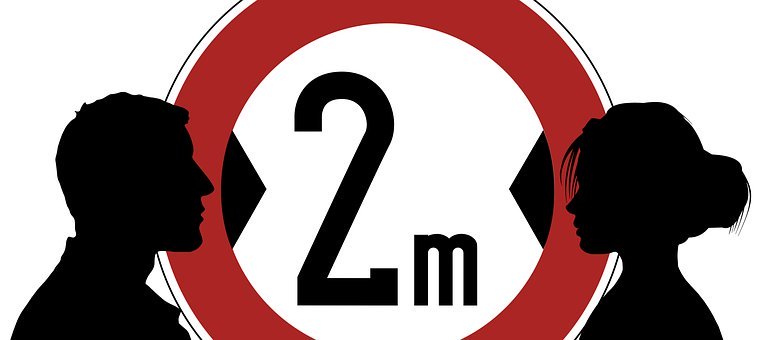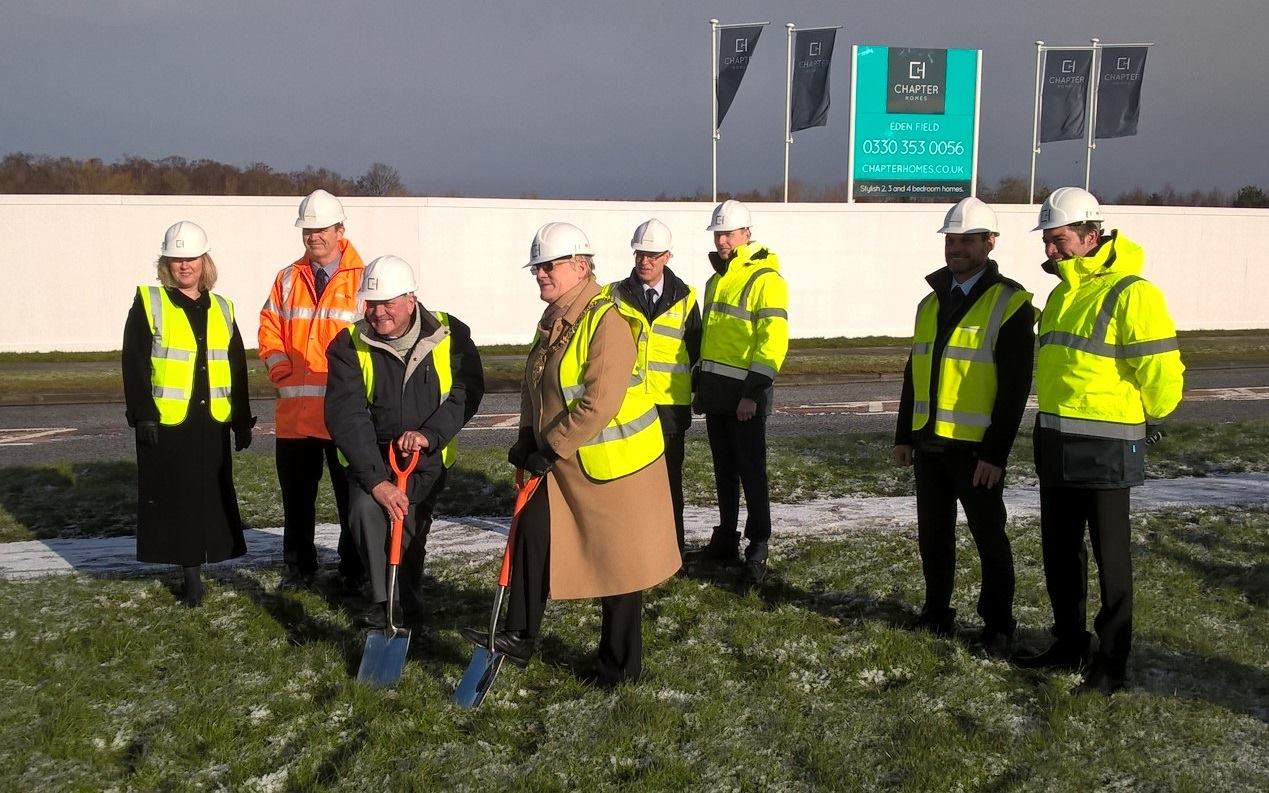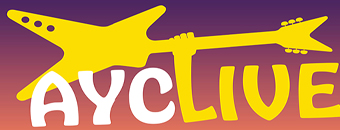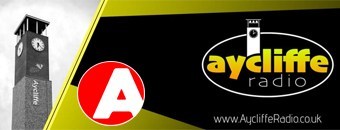From 1 July, employers can bring back to work employees that have previously been furloughed for any amount of time and any shift pattern, while still being able to claim CJRS grant for their normal hours not worked. When claiming the CJRS grant for furloughed hours employers will need to report and claim for a minimum period of a week.
The scheme will close to new entrants from 30 June. From this point onwards, employers will only be able to furlough employees that they have furloughed for a full 3 week period prior to 30 June.
This means that the final date by which an employer can furlough an employee for the first time will be 10 June, in order for the current 3 week furlough period to be completed by 30 June. Employers will have until 31 July to make any claims in respect of the period to 30 June.
Further guidance on flexible furloughing and how employers should calculate claims will be published on 12 June.
From 1 July 2020, businesses will be given the flexibility to bring furloughed employees back part time. This is a month earlier than previously announced to help support people back to work. Individual firms will decide the hours and shift patterns their employees will work on their return, so that they can decide on the best approach for them – and will be responsible for paying their wages while in work.
From August 2020, the level of government grant provided through the job retention scheme will be slowly tapered to reflect that people will be returning to work. That means that for June and July the government will continue to pay 80% of people’s salaries. In the following months, businesses will be asked to contribute a modest share, but crucially individuals will continue to receive that 80% of salary covering the time they are unable to work.
The scheme updates mean that the following will apply for the period people are furloughed:
• June and July: The government will pay 80% of wages up to a cap of £2,500 as well as employer National Insurance (ER NICS) and pension contributions. Employers are not required to pay anything.
• August: The government will pay 80% of wages up to a cap of £2,500. Employers will pay ER NICs and pension contributions – for the average claim, this represents 5% of the gross employment costs the employer would have incurred had the employee not been furloughed.
• September: The government will pay 70% of wages up to a cap of £2,187.50. Employers will pay ER NICs and pension contributions and 10% of wages to make up 80% total up to a cap of £2,500. For the average claim, this represents 14% of the gross employment costs the employer would have incurred had the employee not been furloughed.
• October: The government will pay 60% of wages up to a cap of £1,875. Employers will pay ER NICs and pension contributions and 20% of wages to make up 80% total up to a cap of £2,500. For the average claim, this represents 23% of the gross employment costs the employer would have incurred had the employee not been furloughed.
Employers will be required to submit data on the usual hours an employee would be expected to work in a claim period and actual hours worked.
MDHR Comment
This is good news for small businesses as they start to get back to normal working (whatever that is these days). Tapering the employers contributions is a real bonus and the Chancellors efforts have been universally welcomed from industry bodies such as the CBI, IOD, Chamber of Commerce and Confederation of Small Businesses.
It’s certainly given many small businesses a fighting chance of getting back on their feet.










